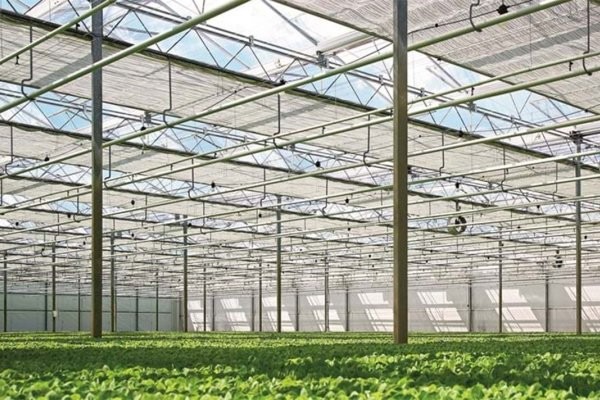The use of fossil fuels in greenhouse horticulture will continue to decrease until the sector is ultimately fossil-free. But greenhouses still need to be heated. This means that growers must use energy-saving measures and alternative fuels. The Greenhouse Horticulture Business Unit of Wageningen University & Research therefore developed the Greenhouse Energy Guide. Researcher Gert-Jan Swinkels: "With the Greenhouse Energy Guide, every grower can develop his own roadmap to fossil-free cultivation."
A grower can choose from many different energy installations (such as cogeneration, mechanical cooling, forced ventilation and pad & fan for warm regions). In addition, there are many possible greenhouse covering materials and many sustainable energy sources (such as the heat pump, geothermal energy, biomass, wind turbines and batteries).
A complicated puzzle for a grower: which choices are the best, both economically and from a cultivation perspective? Swinkels: "Natural gas is becoming increasingly expensive, both due to legislation and lower availability. This means that growers must think carefully about their own roadmap."

WUR developed a Wiki for growers and the supply industry on behalf of the Kas als Energiebron program and Club van 100. The Wiki contains detailed example scenarios for five themes: lighting and heating (Netherlands), cooling in a warm and dry climate (Middle East), cooling in a warm and humid climate (Southeast Asia) and solar and/or wind energy for meeting the electricity demand. The Wiki can be found here.
WUR also developed an interactive simulator. This allows the user to easily enter the situation of his or her grower, including possible energy measures within a certain scenario. The simulator then calculates the consequences for, among other things, the greenhouse climate, energy costs, CO2 consumption (and, for example, costs for purchasing external CO2) and water use. The simulator uses the WUR KASPRO model for the calculations. Swinkels: "The simulator is not only suitable for the Netherlands, but also for foreign locations with a completely different climate."
The simulator can be used free of charge in the basic version (where only the basic settings can be adjusted). The advanced version is exclusively for Club of 100 members. The simulator can be found here.
Source: wur.nl
